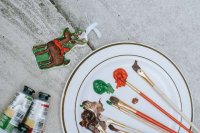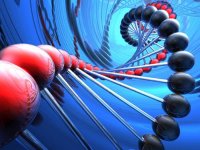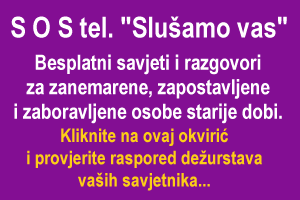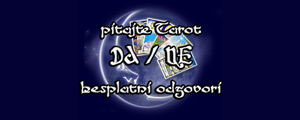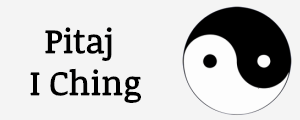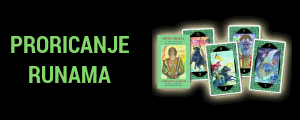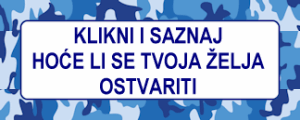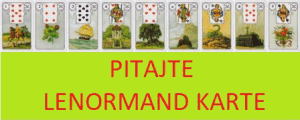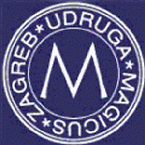Mind & Brain
The Brain The Connections May Be the Key
Once we model the connectome—the million billion points of contact between neurons in the brain—we’ll glimpse the anatomy of the mind.
by Carl Zimmer
From the April 2012 issue; published online March 20, 2012
3-D reconstruction of part of three neurons, generated from a stack of images of the mouse cortex.
R. Schalek, B. Kasthuri, K. Hayworth, J. Tapia, J. Lichtman/Harvard and D. Berger, S. Seung/MIT
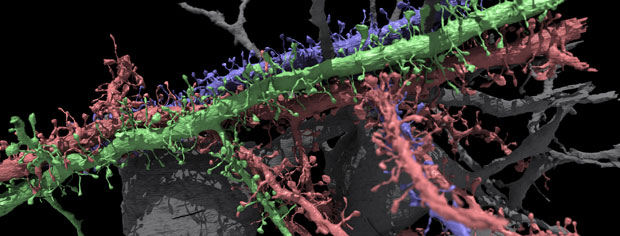
If I didn’t know Sebastian Seung was a neuroscientist, I would have pegged him as a computer game designer. His onyx-black hair seems frozen in a windstorm. He wears black sneakers, jeans, and a frayed bomber jacket over an untucked shirt covered in fluorescent blobs. If someone had blindfolded me on Vassar Street in Cambridge, Massachusetts, led me into Building 46 on the campus of MIT, past the sign that says Department of Brain and Cognitive Science, taken me up in the elevator to the fifth floor and whisked off the blindfold in Seung’s lab, I still wouldn’t have guessed he had anything to do with brains. There are no specimens floating in jars on the shelves. There are no electrodes plugged into the heads of sea slugs. Instead, I see a dozen young men gazing at monitors, some pushing their computer mice, others drawing tethered pens across digital tablets to manipulate 3-D images, each packed with more megabytes than a feature film on a Blu-ray Disc.
And there is Seung himself, gazing over the shoulder of postdoc Daniel Berger, whose monitor looks like a science fiction forest, with branches and trunks colored turquoise and cherry, floating unrooted in space. I almost find myself wondering when Seung’s next game will hit the stores.
advertisement | article continues below
But appearances to the contrary, Seung is an expert on the web of neurons that make up the brain. And the images he’s creating are part of an ambitious attempt to understand how the connections between those brain cells give rise to the mind. “How do you put together dumb cells and get something smart?” he asks.
Neuroscientists know that the brain contains some 100 billion neurons and that the neurons are joined together via an estimated quadrillion connections. It’s through those links that the brain does the remarkable work of learning and storing memory. Yet scientists have never mapped that whole web of neural contact, known as the connectome. It would be as if doctors knew about each of our bones in isolation but had never seen an entire skeleton. The sheer complexity of the connectome has put such a map out of reach until now.
The strange forest on Berger’s desktop is one small but crucial piece of the picture. It is just three neurons large—“a thousandth the width of a human hair,” Seung says—but it shows every detail of their connections down to the smallest bumps and spikes. Taking advantage of the latest advances in electron microscopy and computer-controlled imaging, Seung and his team are creating some of the most detailed three-dimensional reconstructions of cortical gray matter ever made.
Seung believes that by the end of this century, his successors will have mapped the connectome of an entire human brain. “Our descendants will look back on these achievements as nothing less than a scientific revolution,” he writes in his new book, Connectome: How the Brain’s Wiring Makes Us Who We Are. As scientists gain the power to see the brain in its full complexity, he argues, they will finally be able to answer some of the most fundamental questions about the mind.
The breakthrough has been a long time coming. The first accurate pictures of the human brain date back to the 1660s, when English physician Thomas Willis published anatomical images created by his assistant, medical illustrator Christopher Wren. Those pictures helped destroy the ancient belief that animal spirits pumped through hollow chambers inside the brain. Yet the microscopes of Willis’s day were so crude that he couldn’t make out the fine structure of the brain’s cells. It wasn’t until the late 1800s that Camillo Golgi invented stains that could reveal details of individual neurons. Spanish scientist Santiago Ramón y Cajal then used Golgi’s stains to demonstrate that the brain is a thicket of branching cells, and he hypothesized that electricity jumped from one neuron to the next.
Ramón y Cajal made the most of the technology of his day, but he could not see the actual points of contact between neurons—what came to be known as synapses. Later generations of scientists had to infer the location of synapses from experiments. It was from those experiments that the modern theory of the mind emerged. In the mid-1900s, neuroscientists proposed that learning causes a physical rearrangement of the brain’s structure: New synapses form between some neurons, while existing ones grow stronger or die out. In 1949 Canadian neuroscientist Donald Hebb proposed that learning leads groups of neurons to form tight connections with each other. These so-called cell assemblies, he argued, are what store memories.
For Seung, the brain’s ability to produce memories and other features of the mind has always been an irresistible mystery. It was enough to lure him from a budding career as a physicist to build brainlike computer models based on the concepts of Hebb. His computer models were able to learn, so Seung wondered if there might be a way to test those models against the actual connectome to see if Hebb’s assumptions were right.
http://discovermagazine.com/2012/apr/07-brain-connections-may-be-key




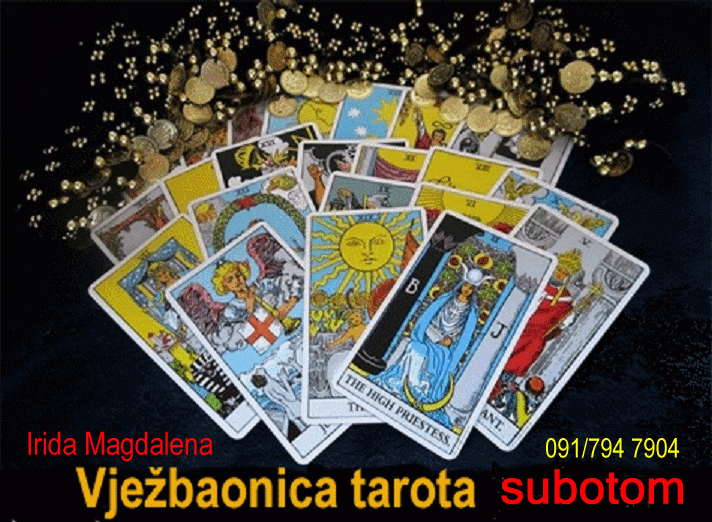

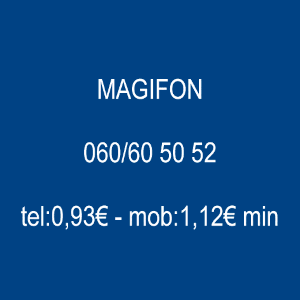





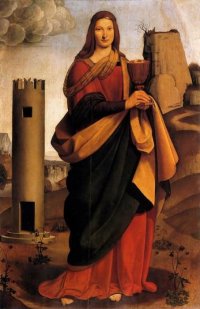

























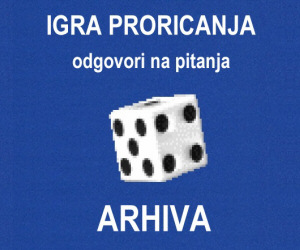










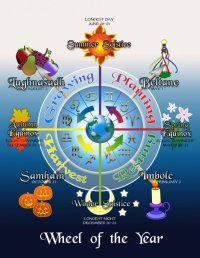




 bglavac
bglavac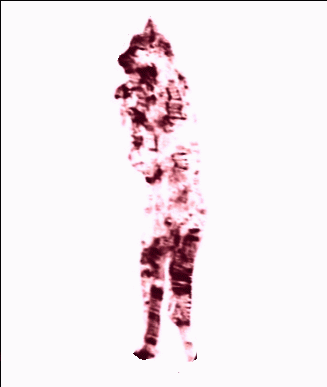 edin.kecanovic
edin.kecanovic irida
irida









